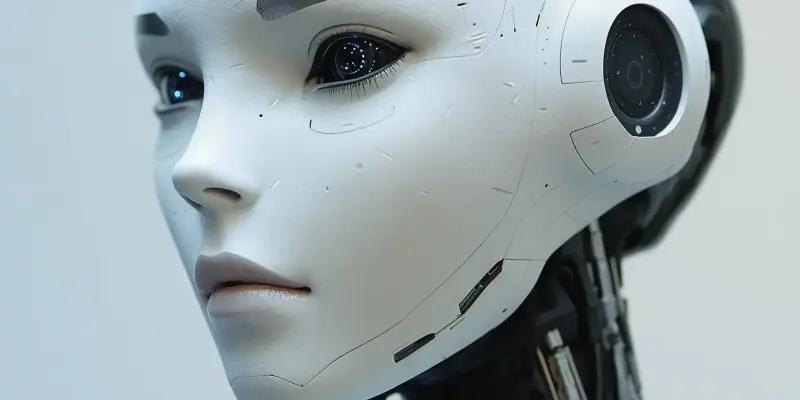Elon Musk’s bold prediction that humanoid robots might outnumber humans by 2040 has sparked a lively debate among tech experts and futurists. Energy shortages are a primary concern. Carlo Tortora Brayda highlights the immense energy requirements to power millions of humanoid robots. Elise London emphasizes the need for AI safety and for methods to validate trained neural networks. Safety concerns and development costs are highlighted by Justin Newell, who notes that even proven AI systems are not yet robust enough for reliable use in humanoid robotics. Stan Kos discusses the need for improved AI, dexterous hardware, real-time learning capabilities, and energy efficiency to handle unstructured environments. Mark Vena highlights the importance of advancements in manufacturing processes and materials that will be needed to reduce these costs.
Lower labor costs in many countries make it difficult for robots to compete financially with human workers. Vitaliy Goncharuk discusses the economic feasibility of humanoid robots, emphasizing the importance of maintaining and adapting them to various roles, which incurs significant ongoing costs. Wei Duan points out the critical challenge of designing an economic system that ensures adequate living standards while maintaining productivity incentives. Mark Vena further highlights the high costs associated with the design, building, and maintenance of humanoid robots, emphasizing the necessity for advancements in manufacturing and materials to make robots more economically viable.
Derek Martinez underscores the ethical concerns regarding the use of advanced humanoid robots in weaponry and military applications. Satish Varma Srivatsavaya indicates that while technology might not be a limiting factor, developing the complex policies and regulations needed for widespread adoption will take considerable time. Lindsey Witmer Collins highlights the ‘creepy’ factor associated with humanoid robots, suggesting that societal comfort levels will gradually adapt across generations. The social implications of humanoid robots extend beyond ethical considerations and into the realm of human psychology and trust.
Ivo Ivanov highlights the need for an ultra-reliable, high-performance, low-latency connectivity infrastructure to ensure safe and effective operation. Nicola Sfondrini identifies the absence of a universal robotic operating system that integrates AI, hardware, and sensors across different environments as a significant hurdle. Aravind Nuthalapati emphasizes the need for lightweight, efficient, and durable materials that replicate human dexterity while supporting complex robotic functions.
Elon Musk’s audacious forecast that humanoid robots may outnumber humans by 2040 has ignited a robust debate among tech enthusiasts and futurists. Currently, humanoid robot technology is progressing, but achieving Musk’s vision presents significant challenges. This article examines the present advancements in humanoid robotics, identifying critical obstacles that need to be overcome. Potential pathways to achieving this include integrating cutting-edge AI, leveraging advancements in materials science, and ensuring ethical standards in programming these robots.

